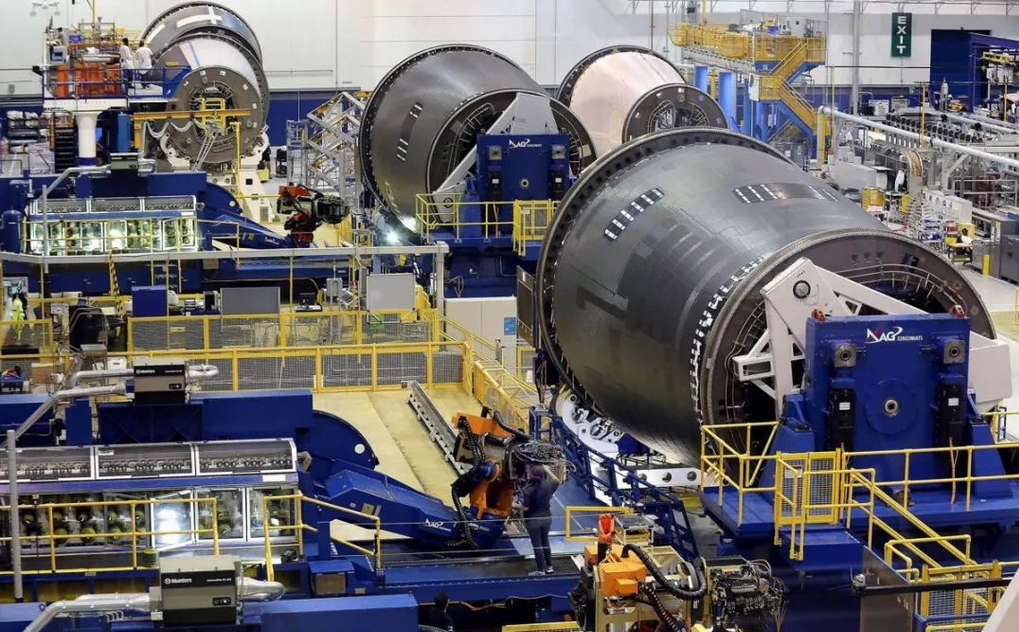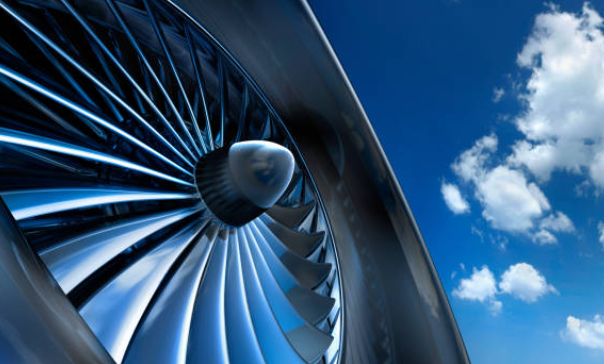Highfar Technology can provide you with
High quality and efficient industry solutions

Overview of epoxy composites
Epoxy composite material definition and characteristics
1. Definition
Epoxy composite material is a kind of high performance material which is composed of epoxy resin and reinforcement material by special process.
2. High strength and rigidity
Epoxy composites have excellent mechanical properties, high specific strength and stiffness, and can withstand large loads.
3. Corrosion resistance
Epoxy composite materials have excellent corrosion resistance, can resist the erosion of a variety of chemical substances, suitable for harsh environments.
The development of epoxy composite materials
1. The initial stage
In the 1940s, epoxy resins began to be used in the aerospace field, but at that time, due to technical limitations, the composite material performance was low and the application range was narrow.
2. Stages of development
From the 1960s to the 1980s, with the development of reinforced materials such as glass fiber and carbon fiber, epoxy composite materials have developed rapidly and their application scope has gradually expanded.
3. Extensive application stage
Since the 21st century, epoxy composite technology continues to mature, performance continues to improve, has become an indispensable important material in the aerospace field.

Application of epoxy composites in aerospace field
1. Aircraft structure
airfoil
It is used to make the upper and lower skin, front and rear edge, wing SPAR and other structural components of the wing, which has the characteristics of light weight, high strength and good durability.
airframe
It is used to manufacture the skin, spacer frame, girder and other structures of the fuselage, which can significantly reduce the weight of the aircraft and improve the structural efficiency.
Flight control surface
Such as ailerons, flaps, rudders, etc., the use of epoxy composite materials can reduce weight, improve control accuracy and response speed.
2. Rocket and missile structure applications
shell
Rocket and missile shells need to withstand extremely high temperature and pressure, epoxy composite material has excellent high temperature resistance and light and high strength characteristics, is the ideal shell material.
Engine nozzle
Epoxy composites can be used to make rocket engine nozzles that can withstand extremely high temperatures and high airflow.
Missile head
The missile head needs to withstand extreme environments such as high temperature, high pressure and high-speed impact. Epoxy composite materials have excellent impact resistance and thermal stability, and can be used to manufacture the missile head shell.
3. Application of spacecraft thermal protection system
Thermal shield
Spacecraft face extremely high temperatures during re-entry, and epoxy composites can be used to create thermal protective layers to protect spacecraft from heat damage.
Thermal structural material
Thermal structural materials of spacecraft need to withstand high temperature and mechanical loads. Epoxy composite materials have excellent high temperature resistance and mechanical properties, and can be used to manufacture thermal structural materials.
Thermal insulation material
Epoxy composites have excellent thermal insulation properties and can be used to make spacecraft thermal insulation materials to ensure the stability of the internal temperature of the spacecraft.
4. Other special parts and functions
Satellite antenna
Epoxy composite materials have excellent dimensional stability and good electromagnetic wave transmission, and can be used in the manufacture of satellite antennas.
Optical instrument
Epoxy composites have excellent optical properties and can be used to manufacture lenses, mirrors and other components of optical instruments.
Stealth material
Epoxy composite material has excellent absorbing and transmitting properties, which can be used to make stealth materials and reduce the radar reflection cross-sectional area of aircraft.

Preparation technology and key technology of epoxy composite material
1. Selection of raw materials and pretreatment methods
Epoxy resin
Choose epoxy resins with high strength, high toughness and high temperature resistance.
Reinforcing material
Glass fiber, carbon fiber, aramid fiber, etc., improve the strength and stiffness of composite materials.
seasoning
Silicon powder, aluminum powder, etc., used to improve material properties.
preconditioning
The raw materials are dried, oil removed, and impurities removed to ensure the quality of the materials.
2. Temperature, pressure and time control skills in the preparation process
Temperature control
The curing speed and reaction rate of epoxy resin were controlled by the method of segmental heating.
Pressure control
Apply appropriate pressure during the preparation of the composite material to ensure that the material is dense.
Time control
Reasonably control the time during the preparation process to ensure that each process link is fully completed.
3. Quality control and testing methods
Raw material inspection
Test the mechanical properties and thermal stability of raw materials.
Product inspection
Carry out appearance inspection, dimensional measurement, non-destructive testing, etc.
Performance test
Tensile, compression, bending and other mechanical properties test, as well as thermal deformation temperature, resistance to heat aging and other properties test.
4. Defect prevention and repair technology research
Defect prevention
The defects can be prevented by optimizing the preparation process and strengthening the control of raw materials.
Defect detection
Non-destructive testing methods such as ultrasonic testing and X-ray testing were used to detect the products.
Restoration technique
The existing defects can be repaired by gluing, bonding, repair welding and other methods.

Case study: Successful application of epoxy composites in aerospace field
1. Case Study 1: Epoxy composite materials are used in the structure of a certain type of aircraft
Weight loss effect
Epoxy composite materials have a lower density, compared to traditional metal materials, can significantly reduce the weight of the aircraft, improve fuel efficiency.
Strength and durability
Epoxy composites have excellent mechanical properties, such as high strength, high modulus and good fatigue resistance, which can meet the requirements of aircraft under complex loads
Corrosion resistance
Epoxy composite material has good corrosion resistance, can resist the erosion of atmosphere, moisture and other corrosive media, and extend the service life of aircraft.
2. Case Study 2: The shell of a rocket engine is made of epoxy composite material
Weight loss effect
The application of epoxy composite material can reduce the mass of rocket engine shell, thereby improving the thrust-to-weight ratio and carrying capacity of rocket.
High temperature resistance
Epoxy composites have excellent high temperature resistance and can withstand the high temperature and high pressure environment generated by rocket engines.
processability
Epoxy composite materials are easy to be processed into various complex shapes and sizes, which meet the design requirements of rocket engine shells.
3. Case Study 3: A satellite thermal protection system uses epoxy composite materials to achieve efficient heat dissipation
Efficient thermal conductivity
The epoxy composite material has excellent thermal conductivity, which can effectively transfer the heat generated inside the satellite to the outer space, ensuring the temperature stability of the satellite during normal operation.
Lightweight design
The low density of epoxy composite material can significantly reduce the mass of the satellite and improve the carrying capacity and mobility of the satellite.
Radiation resistance
Epoxy composites have good radiation resistance and can resist cosmic rays and other radiation damage to satellites.

Highfar National Service Hotline